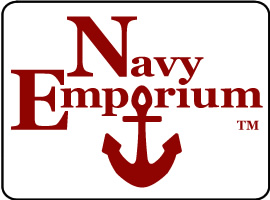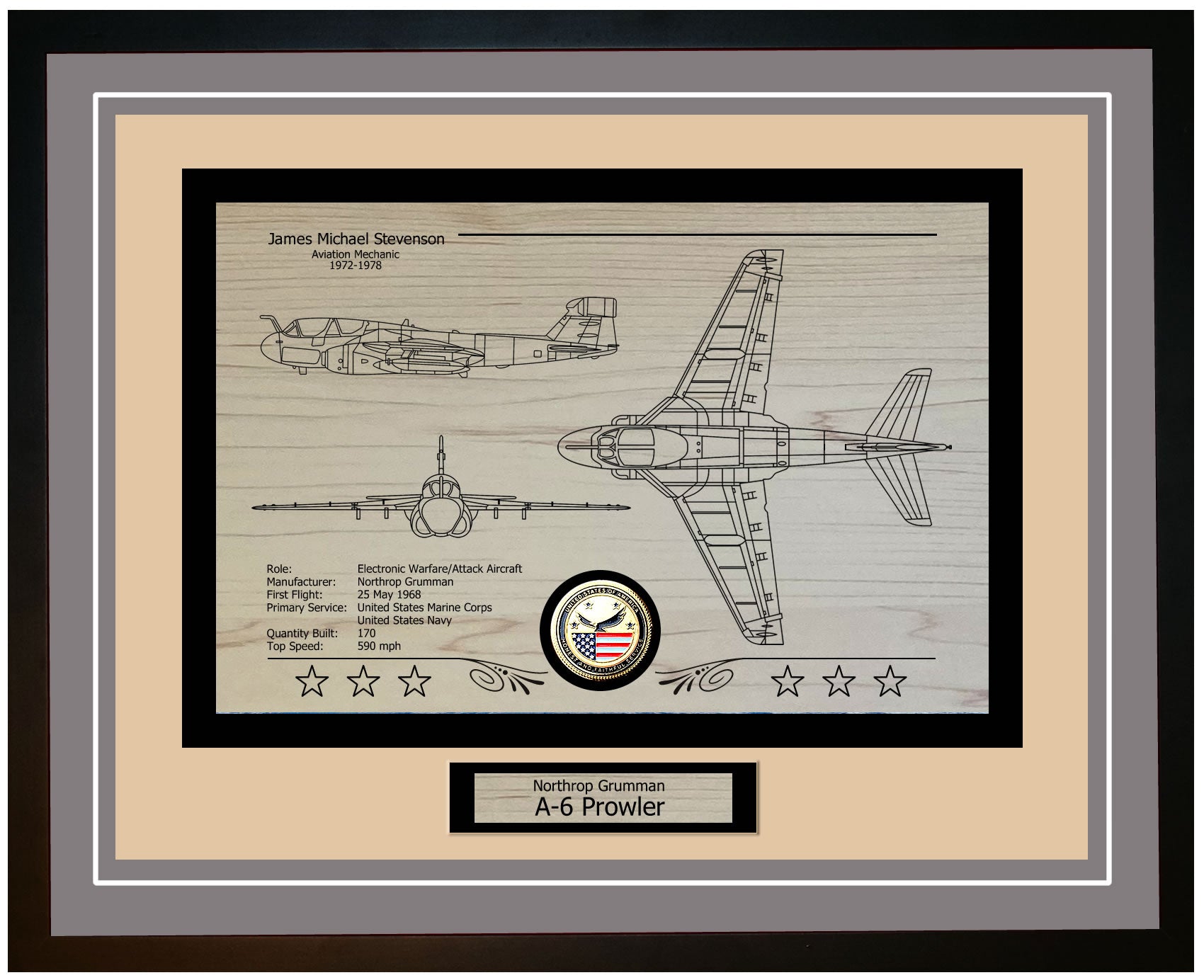The USS Rogers Blood (APD 115) was a transport ship built toward the end of World War II. Its construction began on February 1, 1945, at the Bethlehem Hingham Shipyard in Hingham, Massachusetts. Originally categorized as a destroyer escort (DE 605), it was reclassified as a high-speed transport (APD 115) on July 17, 1944, to meet the changing requirements of the U.S. Navy. Launched on March 12, 1945, and put into service on June 22, 1945, the USS Rogers Blood played a vital role in strengthening the Navy's capabilities for amphibious operations in the Pacific Theater.
This vessel was named after Private First Class Rogers Blood, a U.S. Marine who was posthumously awarded the Navy Cross for his bravery during the Battle of Eniwetok in World War II. Born on November 29, 1922, in Manchester, New Hampshire, Blood joined the Marine Corps in 1942, displaying valor and leadership during combat before sacrificing his life to protect his fellow Marines. Naming the USS Rogers Blood honored his bravery and selfless dedication to his country.
The USS Rogers Blood was known for its adaptability and speed as a transport vessel. Fitted with four General Electric turbo-electric drive engines, it could reach speeds of up to 23 knots. Armed with a 5-inch gun, six 40mm aircraft guns, and six 20mm anti-aircraft guns, the ship had strong defensive capabilities. It could accommodate 162 troops and carry four LCVP boats, making it ideal for deployment and amphibious assaults.
The impact of the USS Rogers Blood on the U.S. Navy is evident in its contributions during World War II and the early Cold War era. Although it missed World War II action due to commissioning timing, it participated in training drills and amphibious missions during its service. Its design and features influenced high-speed transports and amphibious warfare tactics, underscoring the importance of adaptability and swift deployment in operations.
The USS Rogers Blood was part of the Crosley class of high-speed transports, which originated from the Rudderow class destroyer escorts. These ships were specifically designed to transport and deploy troops, equipment, and supplies to support operations. Their primary goal was to enhance the Navy's capability for efficient assaults, a crucial aspect of the island-hopping strategy used in the Pacific Theater. The reclassification of these vessels from destroyer escorts to high-speed transports reflected the Navy's recognition of the need for ships to support complex amphibious missions.
The USS Rogers Blood officially joined the U.S. Navy on June 22, 1945, marking the start of its service. Initially, the ship underwent shakedown training and readiness exercises to prepare for deployment in the Pacific region. Despite not engaging in combat during World War II due to the war's conclusion in August 1945, it remained a valuable asset for the Navy. The USS Rogers Blood continued to fulfill roles such as participating in training drills and providing mission support until its decommissioning on November 15, 1946. The ship's brief yet meaningful service showcased the U.S. Navy's ability to adapt and persevere amid shifting circumstances.
USS Rogers Blood APD-115: A Deep Dive into the Engineering Marvel and Firepower of a Naval Legend
The USS Rogers Blood (APD 115) served as a high-speed transport ship in the Crosley class, originally planned as a Rudderow class destroyer escort. Its versatile and sturdy design allowed it to fulfill roles such as troop transport and anti-submarine operations. Built with a steel hull for strength and endurance in combat, the ship measured approximately 306 feet in length, 37 feet in beam, and 12 feet in draft. This size made it capable of maneuvering in both open seas and coastal waters to support various naval missions.
In terms of technology, the USS Rogers Blood was outfitted with advanced systems for its era. It was propelled by two General Electric turbo-electric drive engines, producing a total of 12,000 shaft horsepower. This power source enabled the vessel to reach speeds of up to 23 knots, ranking it among the top ships in its category. Advanced radar and sonar systems were installed on board to efficiently detect enemy submarines and surface vessels. The USS Rogers Blood utilized these technologies to effectively carry out reconnaissance and escort duties.
Regarding armament, the USS Rogers Blood was well-equipped to protect itself and its convoy. Its primary weapon was a 5-inch/38 caliber dual-purpose gun capable of targeting both surface and airborne threats. The ship was also armed with four 40mm Bofors guns and ten 20mm Oerlikon cannons, ensuring strong defense against enemy aircraft during operations. Additionally, it featured depth charge projectors and hedgehog anti-submarine mortars to combat underwater dangers.
The USS Rogers Blood had the capacity to transport and deploy troops. It could accommodate up to 162 troops and their gear, making it an asset for amphibious assaults and ground operations. Equipped with four LCVP (Landing Craft, Vehicle, Personnel) boats for troop transportation, the ship supported missions ranging from direct combat actions to humanitarian aid and disaster relief efforts.
Throughout its service, the USS Rogers Blood played a vital role in the U.S. Navy's fleet due to its blend of cutting-edge technology, powerful weaponry, and flexible troop transport capabilities.
USS Rogers Blood APD-115 Crew Member Reports of Time Aboard
USS Rogers Blood APD-115: Evolution of a Naval Powerhouse and Its Legacy in the Fleet
The USS Rogers Blood (APD 115) underwent upgrades throughout its years of service, ensuring it remained a valuable asset in the U.S. Navy. Originally serving as a high-speed transport, the ship was equipped with radar and sonar systems to improve its ability to detect and monitor enemy submarines and surface vessels. Over time, the vessel received enhancements such as upgraded aircraft weaponry and modernized communication systems, enhancing its coordination capabilities during complex operations. These upgrades enabled the USS Rogers Blood to adapt to changing technologies and maintain its readiness.
Designed for various mission capabilities, the USS Rogers Blood was an adaptable component of the fleet. Its primary role as a high-speed transport allowed for the deployment of troops, equipment, and supplies to areas even under challenging circumstances. The ship also had capabilities for conducting anti-submarine warfare (ASW) operations due to its advanced sonar and depth charge systems. Its speed and agility made it suitable for search and rescue missions, as well as providing assistance during amphibious assaults. The USS Rogers Blood's versatility allowed it to play a vital role in operations, making it a highly valued asset for both peaceful and wartime endeavors.
The ship made significant contributions to the fleet during conflicts like the Korean War, performing tasks such as troop transport and the evacuation of injured personnel. Its ability to navigate effectively supported landings, offering essential logistical aid and boosting the effectiveness of assault forces. The commendations received by the ship from its crew and commanding officers underscored its importance within the fleet.
Beyond its operational roles, the USS Rogers Blood also helped strengthen international ties and enhance maritime security through joint exercises with allied navies. Its presence worldwide served as a deterrent against threats and showcased the U.S. Navy's dedication to upholding global peace. Through its missions and consistent performance, the USS Rogers Blood embodied the adaptability and steadfastness of the U.S. Navy, leaving a lasting impact on history.
USS Rogers Blood APD-115: A Legacy of Valor and Service on the High Seas
The USS Rogers Blood (APD 115) played a significant role during the period following World War II, particularly in the Korean War. Commissioned in 1945, the vessel initially participated in training exercises and preparedness operations along the U.S. East Coast and in the Caribbean. When the Korean War erupted in 1950, the USS Rogers Blood was swiftly deployed to the Pacific theater. Its main objective was to support operations by transporting and deploying Underwater Demolition Teams (UDTs) and Marine units. The ship's adaptability and speed proved invaluable during often dangerous maneuvers on the Korean Peninsula.
Throughout the Korean War, the USS Rogers Blood was involved in several missions, including the renowned Inchon Landing in September 1950. This amphibious assault, orchestrated by General Douglas MacArthur, marked a pivotal moment in the conflict, enabling United Nations forces to reclaim Seoul and repel North Korean troops. The vessel's vital role in ferrying and deploying UDTs contributed significantly to the operation's success, as these teams were tasked with removing obstacles and securing landings for the primary assault forces.
During the conflict, the USS Rogers Blood consistently provided assistance for various attacks and reconnaissance missions, showcasing its ability to adapt and the proficiency of its crew. In recognition of its service in the Korean War, the USS Rogers Blood received commendations and accolades. The vessel was awarded the Korean Service Medal adorned with battle stars, signifying its involvement in combat operations. The crew members were also recognized with the Navy Unit Commendation for their performance and courage under challenging conditions. These awards highlighted the ship's contributions to the war effort and emphasized the commitment and professionalism exhibited by both its officers and enlisted personnel.
In the post-Korean War era, the USS Rogers Blood continued to serve by engaging in training drills, goodwill missions, and operating as part of the U.S. Seventh Fleet in Western Pacific waters. Its deployments during the Cold War played a crucial role in maintaining a U.S. presence in strategic regions, aiding global stability and deterrence efforts. The ship's illustrious history, marked by participation in conflicts and numerous honors, serves as a lasting tribute to both the USS Rogers Blood's enduring legacy and the bravery displayed by its crew members.
USS Rogers Blood APD-115 Ship Specifications
| Specification | Details |
|---|---|
| Class | Crosley Class High Speed Transport |
| Commissioned | August 22, 1945 |
| Displacement | 1,810 tons |
| Length | 306 feet |
| Beam | 37 feet |
| Draft | 13.5 feet |
| Speed | 24 knots |
| Complement | 12 Officers 192 Enlisted |






